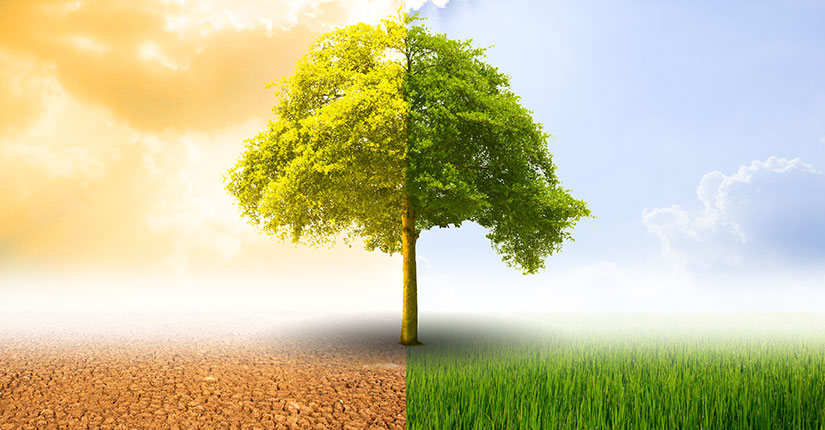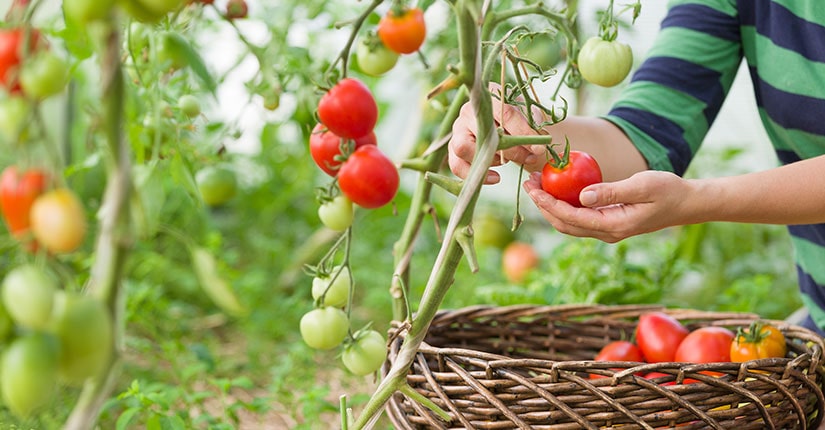United Nations Tweeted That Restoring Land Means Restoring Life
By Nmami Agarwal 04-May 2022 Reading Time: 4 Mins

According to the World Health Organisation, sustainable, healthy land is an integral part of our society, economy, and environment, and a fundamental aspect of human well-being. And restoring land means restoring life, economies, communities, and climate.
Forests cover 30 percent of the Earth’s surface and in addition to providing food security and shelter, forests are crucial to combating climate change and protecting biodiversity and the homes of the indigenous population. Thirteen million hectares of forests are being lost every year while the persistent degradation of drylands has led to the desertification of 3.6 billion hectares. Deforestation and desertification caused by human activities and climate change, pose major challenges to sustainable development and have affected the lives and livelihoods of millions of people in the fight against poverty. Efforts are being made to manage forests and combat desertification. With up to 40% of the planet’s land degraded, desertification affects half of the world’s population & threatens the global economy.
How Are Forests Important For Life:
- Healthy forests mean healthy people. Forests provide everyone with health benefits, including fresh air, nutritious foods, clean water, and space for recreation.
- Worldwide, around 1 billion people depend to some extent on forest foods, such as wild meat, edible insects and plant products, mushrooms, and fish.
- Some 2.4 billion people in both urban and rural settings use wood-based energy for cooking, and it is estimated that 1.2 billion people rely on agroforestry farming systems.
- When disaster strikes, crops fail or people lose their jobs, forests act as safety nets that can provide affected communities with food and income.
- Forests also help us adapt to and mitigate climate change, and serve as habitats for the vast proportion of terrestrial plant and animal species.
The Global Land Outlook (GLO), the UNCCD’s flagship publication, showcases new and transformative policies and provides guidance for planning land management at the global and national levels. It is part of a broader effort to facilitate discussion on land use policy and practice by illustrating the fundamental importance of good land management.
The second edition of the Global Land Outlook (GLO2), Land Restoration for Recovery and Resilience, sets out the rationale, enabling factors, and diverse pathways by which countries and communities can reduce and reverse land degradation by designing and implementing their bespoke land restoration agenda. Land restoration for recovery and resilience is about creating livelihood and development opportunities for people simply by changing the way we use and manage our land resources.
Over To You:
Restoring land gives us better quality and quantity of life. The land is an integral part of the ecosystem and the activities done on it are posing threats, we must save our land in order to save lives.





















